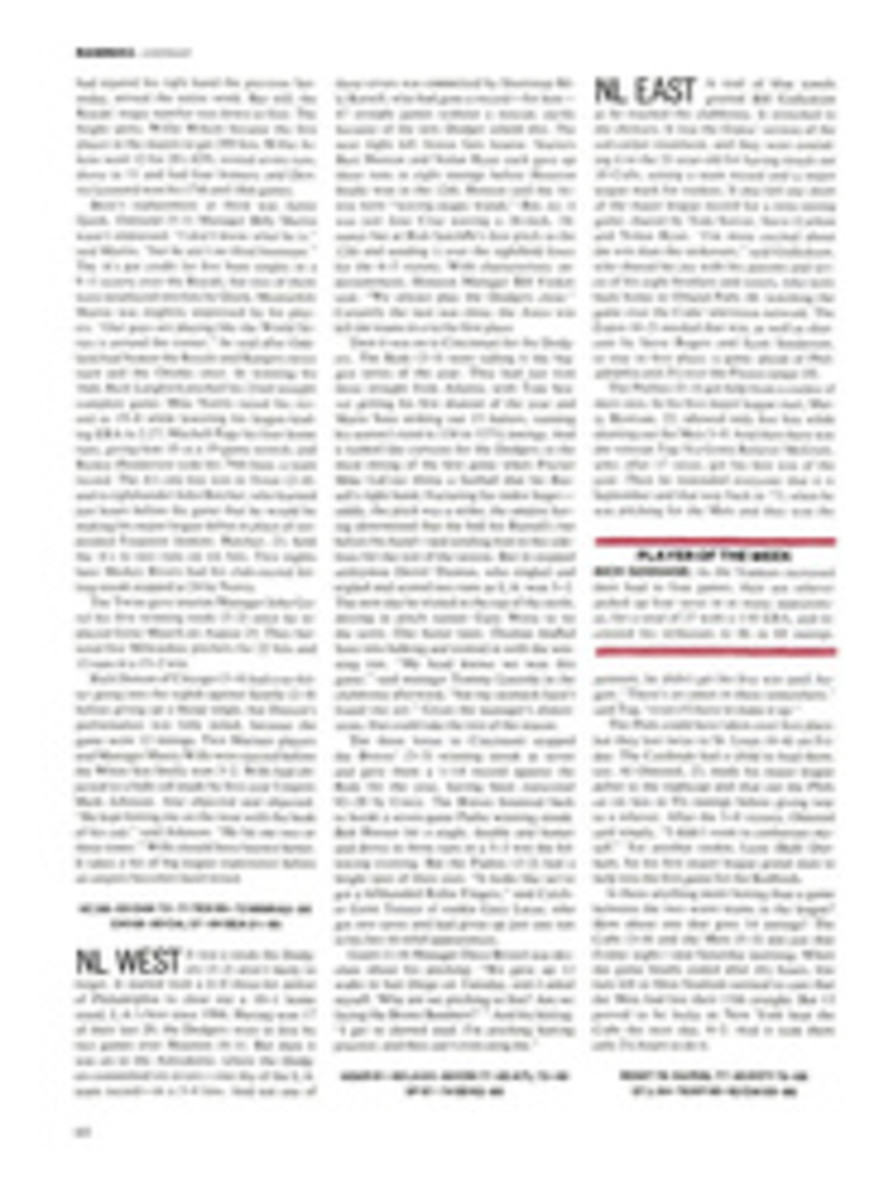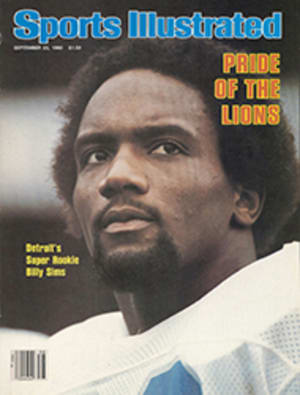
THE BIRD AND FRIENDS MAY ANNOY YOU, BUT CONSIDER WHAT THEY MEAN TO ME
The pleasures of baseball in Baltimore are, to my blissfully biased mind, infinite. I like the Orioles themselves, a group of interesting young men who play in an interesting way, but I also like the sillier joys of life in Memorial Stadium: John Denver's Thank God I'm a Country Boy twanging over the loudspeakers in the seventh-inning stretch, public-address announcer Rex Barney (yes, the Rex Barney) bellowing "Give that fan a contract!" after a good play in the stands, Wild Bill Hagy leading the boozy cheers from Section 34.
And I like the Bird. The Bird is that fellow dressed up in a feathery outfit who prances around the ball park before games and between innings. He kisses little old ladies, steals umpires' caps, dances to Country Boy on the dugout roof and generally makes an agreeable fool of himself.
The Bird is no rara avis. Dating back (in my memory at least) to Chief Noc-A-Homa of the Atlanta Braves, baseball clubs in growing numbers have adopted mascots in hopes of adding a touch of show biz to a game often—and unfairly—criticized for being too slow or dull. This is a trend that doesn't sit well with some of the deeper thinkers who follow the game.
I think in particular of Roger Angell and Art Hill. My admiration for their writing knows no bounds; it doesn't even know a centerfield fence. But on the subject of mascots, they and I part company.
Here is Angell, in a New Yorker article published last spring as the baseball season was getting under way: "Over the winter, I almost managed to forget about the abominable plague of man-size leaping chickens, clownish parrots, waltzing orioles, animated baseballs, and other, less identifiable cuddly or comical creatures with protruding tongues or fuzzy feelers that cavorted in the aisles and on dugout roofs or sometimes out on the field at so many ball parks last year, supposedly diverting us all from the horrid possibility of experiencing a moment of boredom or lassitude during the pauses of baseball, which once seemed to constitute the musical rests in the symphony of the game."
And here is Hill, writing in his new book I Don't Care If I Never Come Back (SI, June 16) about the scene in Montreal's Olympic Stadium: "...through it all gambols Youppi (or Jouppi), the lovable little clown who symbolizes Montreal's total alienation from the spirit of baseball past. He leads cheers, which is hardly necessary because Montreal fans cheer too much anyway. (They are like Southerners when they saw their first hockey games, applauding every time the goalie stopped a dying shot fired from the far end of the ice.) He interferes with players warming up. He struts around aping the umpires. Like a dead animal in a formal garden, or an ink stain on a damask tablecloth, he befouls the dignity and beauty of the game."
Hey! What's going on here? I thought we were talking about baseball, a game played by grown-up boys (some of them louts) in stadiums populated by beer-swilling, hot-dog-munching folks in T shirts and dungarees. Obviously I was wrong. When Angell says he's going to Yankee Stadium, he's actually heading for Philharmonic Hall (in his tuxedo?) for a performance of Beethoven's Ninth. When Hill makes his way to Tiger Stadium, surely what he attends (in his tuxedo?) is a state dinner at the White House for Queen Elizabeth and Prince Philip.
I didn't know, until now, that baseball was a symphony or a damask tablecloth or a religious ceremony. I thought baseball was, well, a game. Isn't that what they used to tell us? "It's only a game"? Sure, I realized that the game had symbolic overtones, and in book reviews written over a number of years I'd celebrated its use, for various thematic purposes, by many writers of serious fiction. But serious is one thing; solemn is another.
And solemn is exactly what Angell and Hill are being. They're letting their devotion to baseball's past blind them to the realities of baseball's present. Yes, they're right that the mascot bit can be carried too far—and if it interferes with the game, that's too far. But if it's just a break between innings, something to stir up the crowd and give the little kids a laugh, what possible harm can come of that?
Like it or not, baseball is in fierce competition—with other spectator sports, with recreational activities, with show biz—for people's loyalties and dollars. As a baseball fan, I'd like to see the game win its full share; if a mascot or a Tankard Night or an exploding scoreboard helps bring people into the park, that's fine with me. The great old game will not, so far as I can tell, be any the worse for it.
One final note about the Bird: the kids love him. One recent Sunday I took the girl next door to an Oriole game. Mary is eight years old. She thinks the Orioles are wonderful, but she knows very little about baseball. I tried to explain the action, but she was clearly bored. Then, toward the middle of the game, the Bird came on and did his number. Mary was delighted and entranced—and after the Bird departed, her interest in the game perked up considerably.
I think the Bird will lure Mary back to Memorial Stadium. In time, I think, she will realize that it is baseball, not the Bird, that matters. But if the Bird helps her get the baseball habit, then I say: bring on the Bird.

